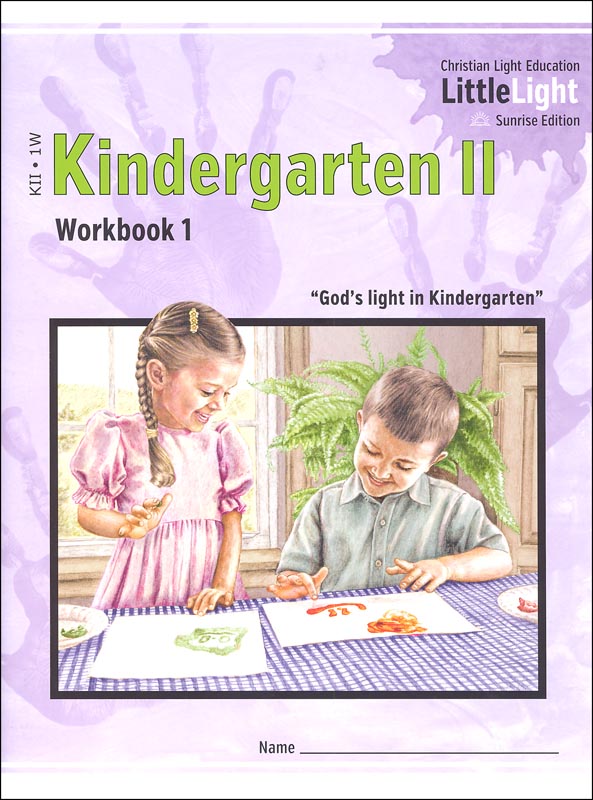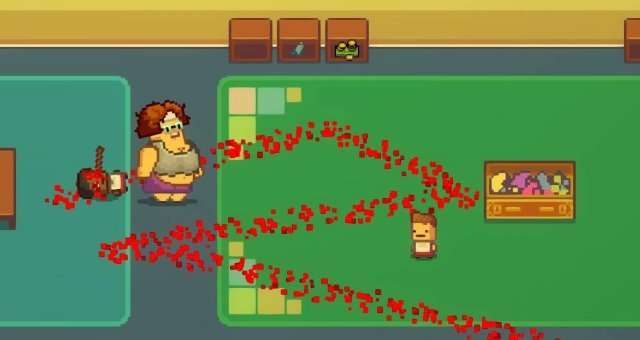

Review the schedule with children each morning. Consider having a helper demonstrate moving from one location to the next to model expectations for upcoming transitions.

Include pictures or symbols in your schedule. Being able to point to what is coming next is powerful. One major key to success when helping children with transitions is developing consistent schedules and routines. Most preschool classrooms already follow a set schedule, but some children continue to struggle. As you develop a daily schedule for your children and students, keep the following tips in mind:

Transition activities and strategies promote self-regulation by helping children know what to expect and actively participate in their daily schedule. They also promote an understanding of the sense of time (i.e., past, present, future) and help with the development of social-emotional skills. We can empower children to maintain self-control even when transitioning away from a favorite activity. Why are Transition Activities Important for Preschool Students? Transition activities are strategies and calming techniques used during times of lesson transition to help prevent negative behaviors by promoting self-regulation. Young children have not yet developed the skill to independently cope with frustration and disappointment. They are still learning to control their emotions and manage their behavior. The whining, negotiating, delaying, or full-blown meltdowns and tantrums that are triggered by transitions occur because children feel unable to control their routine and become overwhelmed by their emotions. They quickly learn that these behaviors often work to successfully delay or avoid the transition. With our help, and bit of forethought, children can learn to manage transitions successfully. Think about how many times each day children start an activity, stop an activity, clean up, wash hands, eat, go outside, come inside, and so much more!īeing asked to stop one activity and start another is a common trigger for challenging behavior in all children, especially when they are being asked to transition from a preferred activity (e.g., building with Legos) to something non-preferred (e.g., cleaning up). The good news is that we can help children be more successful during transitions with one or more easy-to-implement activities.

If you’ve been around kids for a while, or have your own, you know that transitioning between activities and locations can be challenging for toddlers and preschool aged children.


 0 kommentar(er)
0 kommentar(er)
